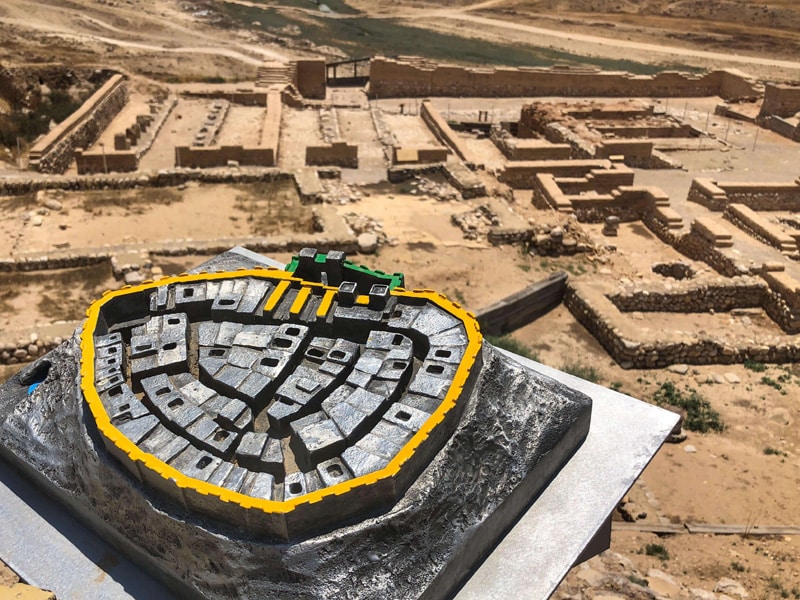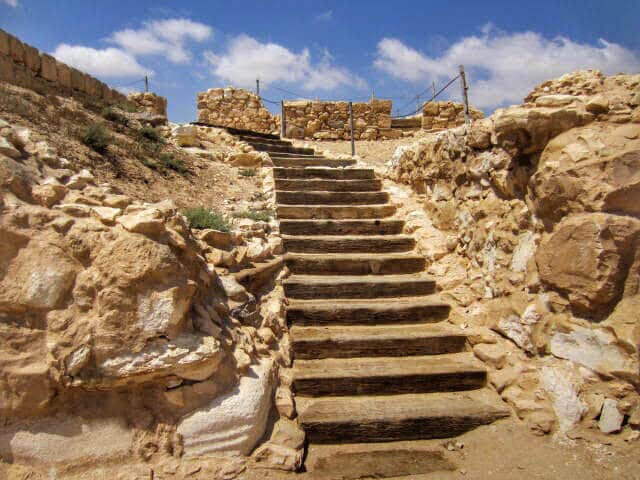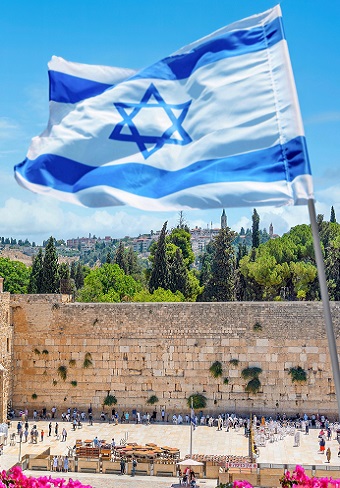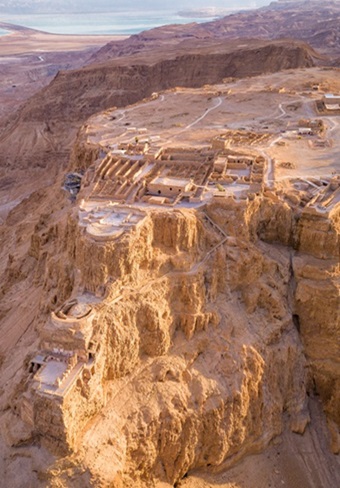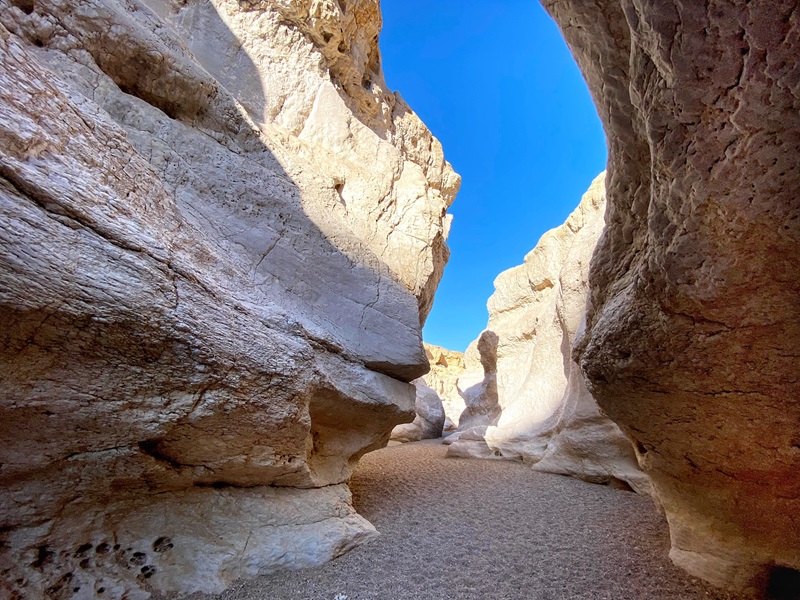Tel Arad

Tel Arad is a significant archaeological site between the Judean Mountains and the Beer-Sheva Valley. Set at a critical crossroads between the Dead Sea and the Mediterranean Sea, Arad was also the southern border of the Judean Kingdom and its neighboring Edomite kingdom.
Archaeology and History of Tel Arad
Intensive excavations at the site in the 1960s and 1970s indicated both Canaanites and Israelites inhabited the site. Although abandoned during the Exodus, the Book of Numbers records a fierce battle between the Israelites from the desert and the king of Arad. Defeated by him, the Israelites were forced to traverse through the land of the Edomites and the Moabites and would enter the Holy Land only years later, next to Jericho. On top of the abandoned Canaanite city, the Israelites later built a fort to defend the Judean Kingdom from the Edomite attacks. Excavations of the fort yielded rare and significant letters with orders to the commander of the post and a one-of-a-kind Judaic temple. Its holy of holies had two standing stones (“Masseboth”). A recent study indicated that the incense burning in the temple included cannabis.
Touring Tel Arad
 Today, Tel Arad is a national park. It is open every day of the week and has an admission fee. The remains of the 4500-year-old Canaanite city include a massive wall, private dwellings, a palace, and a well. The Israelite citadel, partially reconstructed, had a square shape and gatehouse. They are good examples of Biblical-era fortifications. The unique temple found in the citadel is on display at the Israel Museum, but a replica is set at the site. It is also possible to descend into a water cistern beneath the temple and through the city’s ancient water system. Tel Arad is one of the most significant sites for studying Biblical Archaeology. It is essential to evaluate the reality behind the story of the Exodus. It is also an important site to study the rituals in Biblical times and the formation of Monotheism.
Today, Tel Arad is a national park. It is open every day of the week and has an admission fee. The remains of the 4500-year-old Canaanite city include a massive wall, private dwellings, a palace, and a well. The Israelite citadel, partially reconstructed, had a square shape and gatehouse. They are good examples of Biblical-era fortifications. The unique temple found in the citadel is on display at the Israel Museum, but a replica is set at the site. It is also possible to descend into a water cistern beneath the temple and through the city’s ancient water system. Tel Arad is one of the most significant sites for studying Biblical Archaeology. It is essential to evaluate the reality behind the story of the Exodus. It is also an important site to study the rituals in Biblical times and the formation of Monotheism.
A tour of Tel Arad can be combined with a day tour of the South.



